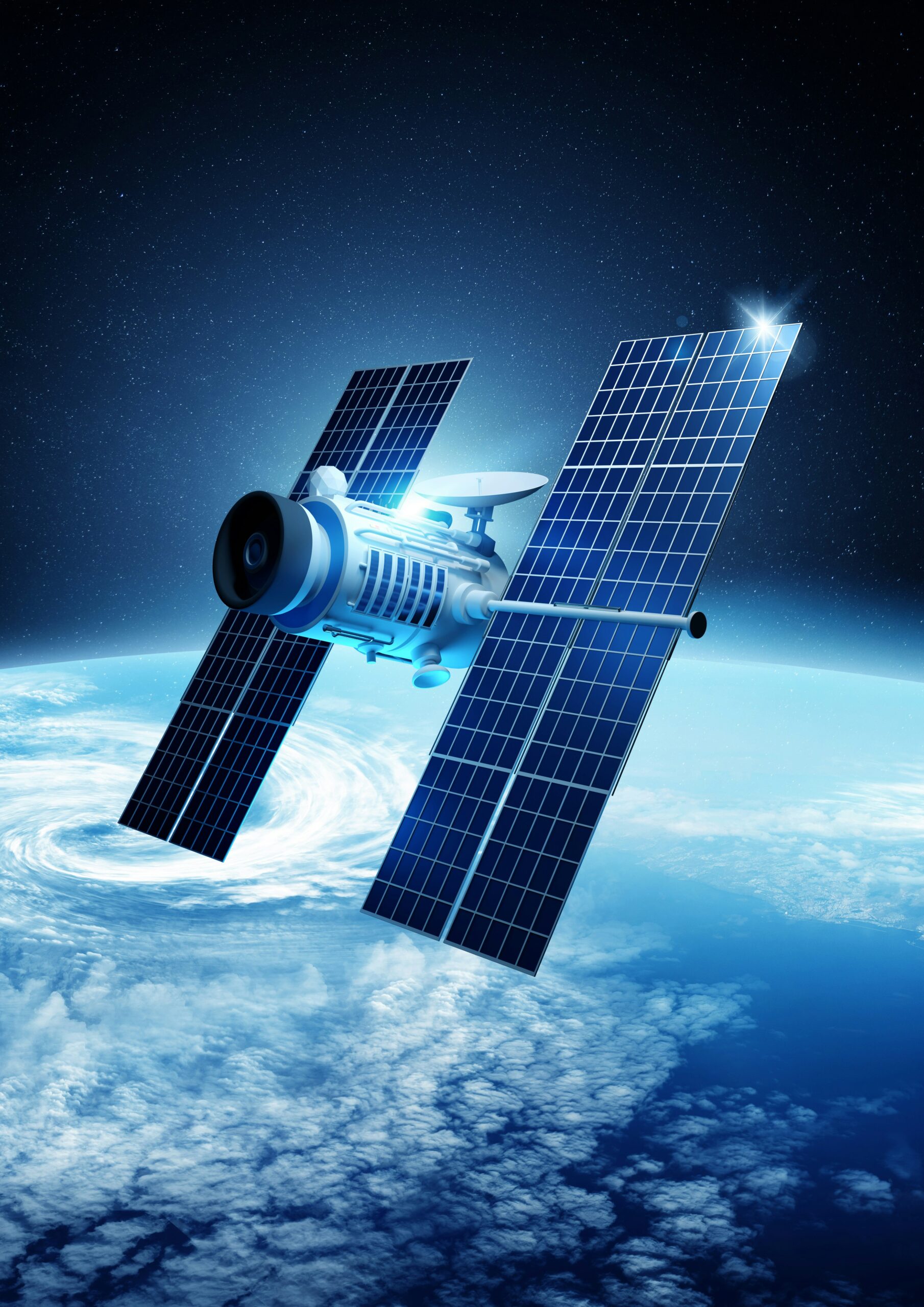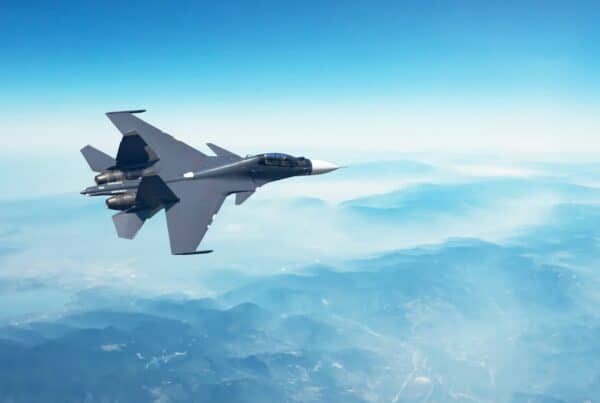A World Without Wires: The Future of Wireless Power Transmission in Aerospace & Defense
Imagine a world where drones never run out of battery, satellites beam energy from space, and astronauts on Mars charge their gear without plugging in.
Wireless power transmission (WPT) is emerging as a game-changing technology in aerospace and defense, offering new possibilities for long-endurance drones, satellites, and even deep-space exploration. By eliminating the need for traditional fuel or large onboard batteries, WPT could revolutionize energy distribution in extreme environments.
What is Wireless Power Transmission?
WPT involves transferring energy without physical connections, typically through:
- Microwave Power Transmission (MPT) – Converts electricity into microwaves and beams it to a receiver.
- Laser-Based Power Beaming – Uses high-intensity lasers to transmit energy over long distances.
- Resonant Inductive Coupling – Short-range wireless charging used in some aerospace applications.
Applications in Aerospace and Defense:
Long-Endurance UAVs and Drones
-
- Challenge: Most drones today can’t stay in the air for long because they rely on batteries or fuel, limiting operational time.
- Solution: WPT could enable continuous flight by beaming power to UAVs from ground stations or satellites. Military drones could stay airborne monitoring battlefields with significantly extended flight durations.
Space-Based Solar Power (SBSP) Stations
-
- Concept: Satellites in orbit collect solar energy and transmit it to Earth using microwaves or lasers.
- Advantages: Uninterrupted solar power (24/7 energy collection in space) and no reliance on fossil fuels or ground-based solar farms.
- Challenge: Efficient power conversion, safe transmission, and high initial cost of launching such satellites.
Deep Space Exploration
-
- Challenge: Current space missions rely on batteries, RTGs (radioisotope thermoelectric generators), or solar panels, which may not be sufficient for deep-space travel.
- WPT Solution: Transmitting power from orbiting satellites to spacecraft on long missions, enabling wireless charging stations on the Moon or Mars, and powering rovers and lunar habitats remotely.
Wireless Power for Military Applications
-
- Remote Power Supply: Soldiers could receive power for equipment without bulky batteries. Lasers could provide supplemental power to remote military bases, reducing reliance on diesel generators.
- Silent Operations: Wireless power eliminates noisy generators used in field operations.
- Directed Energy Weapons (DEWs): High-energy lasers require robust power systems, which could be wirelessly supplied from distant power sources. The U.S. military has already experimented with beaming power across kilometre-long distances using microwaves.
Challenges and Safety Concerns:
- Energy Loss and Efficiency – Microwave and laser beaming have conversion losses; improving efficiency is key.
- Radiation Exposure Risks – High-power microwave beams used for WPT can pose health risks to humans and wildlife if not properly controlled. Shielding and precise beam alignment are necessary to ensure safety in populated areas.
- Laser Beam Scattering & Interference – Laser-based power transmission can be disrupted by atmospheric conditions like fog, rain, or dust, potentially causing unintended dispersion of energy. Misalignment or accidental exposure to high-intensity beams could damage sensitive equipment or even pose risks to eyesight.
- Scaling Up for Practical Use: While lab tests are promising, real-world deployment requires advanced infrastructure.
Wireless power transmission could change everything—from how we fly drones to how we power space colonies. It’s still in development, but the pieces are coming together.
If you are someone working in this sector or would like to network, feel free to get in touch – shubhangi@akkar.com.







